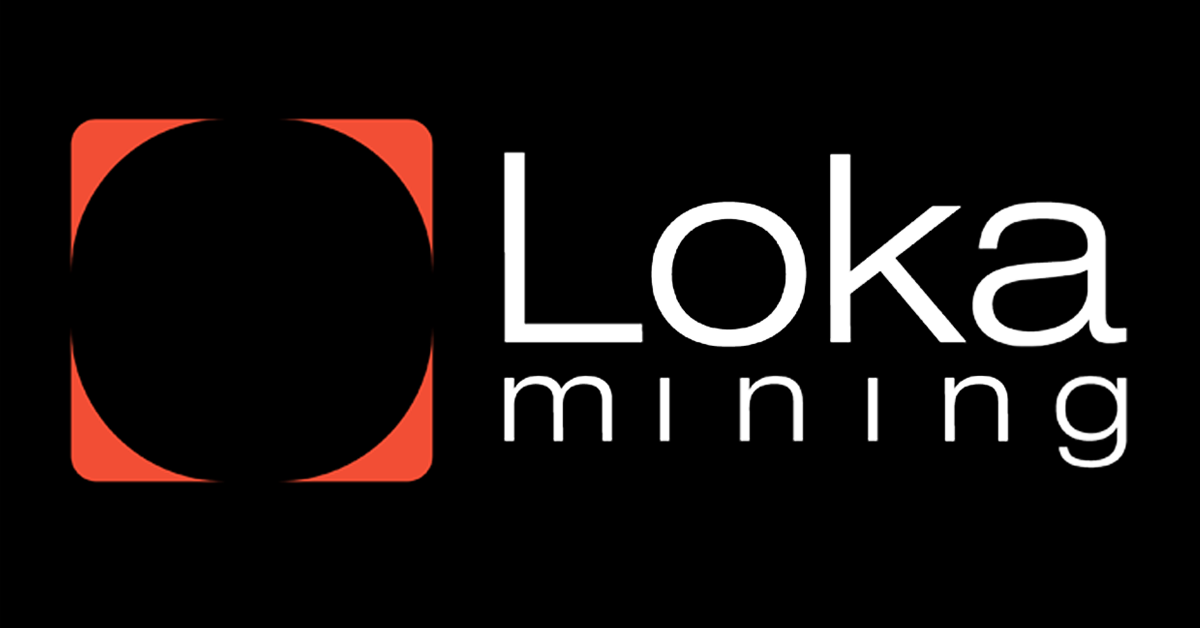The Evolution Toward Bitcoin: The Journey of Digital Currency

The creation of Bitcoin in 2009 was a revolutionary moment in financial and technological history. Often referred to as the first successful cryptocurrency, Bitcoin introduced a decentralized, peer-to-peer monetary system built on blockchain technology. However, Bitcoin did not appear out of thin air—it was the culmination of decades of innovation, experimentation, and conceptual exploration in the field of digital money. This article delves into the evolution of digital currency and the key milestones that paved the way for Bitcoin.
The Early Foundations of Digital Money
- DigiCash (1989)
Founder: David Chaum
Concept: DigiCash was a pioneering digital currency system that used cryptographic protocols to ensure secure and private electronic payments. Transactions were authenticated through blind signatures, allowing users to transact without revealing their identities.
Impact: DigiCash demonstrated the potential of cryptography in financial systems. However, its reliance on a centralized entity—Chaum's company—ultimately led to its downfall when it declared bankruptcy in 1998. Despite its failure, DigiCash remains a landmark in the development of privacy-focused digital payments.
Theoretical Advancements in Digital Currency
- B-Money (1998)
Creator: Wei Dai
Concept: B-Money proposed a decentralized ledger maintained by participants to record account balances and transactions. It introduced the concept of consensus mechanisms and cryptographic proofs to ensure the integrity of the system.
Impact: Though never implemented, B-Money laid theoretical groundwork for Bitcoin's decentralized network, particularly the use of cryptographic proofs for validating transactions.
- Bit Gold (1998)
Creator: Nick Szabo
Concept: Bit Gold envisioned a system where participants solved cryptographic puzzles to create currency units. It also included a distributed ledger to record these solutions and prevent duplication.
Significance: Bit Gold is often regarded as Bitcoin's most direct precursor, as it introduced the concept of Proof-of-Work (PoW) to create digital scarcity—a fundamental feature of Bitcoin.
Practical Innovations and Early Experiments
- Hashcash (1997)
Creator: Adam Back
Concept: Hashcash was developed as an anti-spam tool that required email senders to solve computational puzzles before sending messages. This Proof-of-Work mechanism proved to be an effective way to prevent abuse and ensure fairness.
Impact: Hashcash's PoW system became the foundation for Bitcoin mining, ensuring that new blocks are mined through computational effort, maintaining fairness and security.
- E-Gold (1996)
Concept: E-Gold allowed users to transact using digital units backed by physical gold. It was a centralized platform where account holders could store and exchange value.
Challenges: E-Gold faced legal and regulatory issues, as well as vulnerabilities to hacking. Its reliance on centralization highlighted the need for a decentralized alternative like Bitcoin.
Attempts at Digital Value Exchange
- Liberty Reserve (2006)
Concept: Liberty Reserve allowed users to send money across borders using a digital currency pegged to fiat.
Shortcomings: The platform became associated with illicit activities due to weak oversight, leading to its shutdown in 2013. Liberty Reserve’s collapse underscored the risks of centralized control in digital currency systems.
The Birth of Bitcoin: The First Decentralized Cryptocurrency
In 2009, Satoshi Nakamoto released Bitcoin, solving many of the problems that plagued earlier attempts at digital money. Bitcoin’s innovations combined cryptographic security, decentralization, and economic incentives into a single cohesive system.
Key Features of Bitcoin
- Decentralization: Unlike its predecessors, Bitcoin operates on a peer-to-peer network with no central authority or single point of control.
- Proof-of-Work: Inspired by Hashcash, Bitcoin employs a PoW system to secure its blockchain and ensure fairness in mining.
- Blockchain Technology: Bitcoin introduced the first practical implementation of a blockchain, an immutable and transparent ledger of transactions.
- Fixed Supply: Bitcoin’s supply is capped at 21 million coins, creating digital scarcity and making it resistant to inflation.
Bitcoin addressed the shortcomings of earlier systems by removing central points of failure, enhancing transparency, and ensuring trust through cryptographic verification.
Bitcoin’s Impact on the World
Bitcoin did not just create a new type of currency—it reshaped the way people think about money, value, and trust. Its success inspired the creation of thousands of cryptocurrencies and decentralized applications (dApps), driving innovation across industries.
Lessons from Bitcoin’s Precursors
From DigiCash: The importance of cryptographic privacy.
From B-Money and Bit Gold: The necessity of decentralization and cryptographic puzzles for creating digital value.
From Hashcash: The viability of Proof-of-Work to secure networks.
From E-Gold and Liberty Reserve: The dangers of centralization and regulatory vulnerabilities.
Conclusion: Bitcoin as the Culmination of Decades of Innovation
Bitcoin represents the culmination of decades of theoretical exploration and practical experimentation. By combining the best aspects of its precursors while addressing their flaws, Bitcoin created a decentralized, transparent, and secure monetary system. Its success has catalyzed a global movement toward decentralization, reshaping the future of finance and technology.
As we look back at the evolution of digital money, it becomes clear that Bitcoin stands as a revolutionary milestone in the ongoing quest for trustless, borderless financial systems. Its journey reflects humanity’s enduring pursuit of innovation and independence in the digital age.
This article presented by Loka Mining.
Loka is revolutionizing the Bitcoin mining ecosystem by directly connecting investors with Bitcoin miners through a decentralized mining pool and an upcoming permissionless forward hashrate marketplace protocol.
Loka enables investors to get Bitcoin at lower than market price without centralized & counter-party risks, and Bitcoin miners to access capital efficient financing and hedge their risk exposure by selling their future mining rewards.
Find out more about loka in https://lokamining.com — or access our mining pool aggregator on https://pool.lokamining.com





